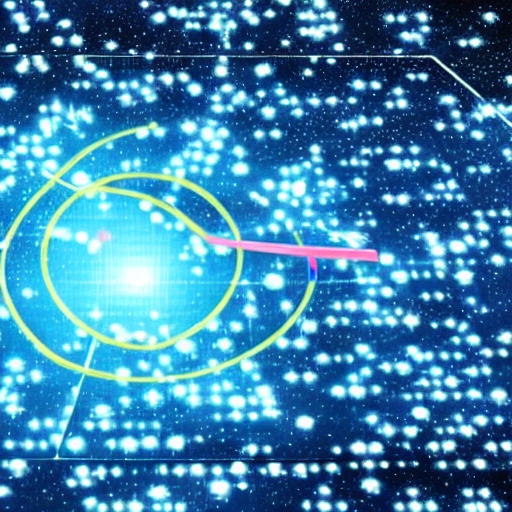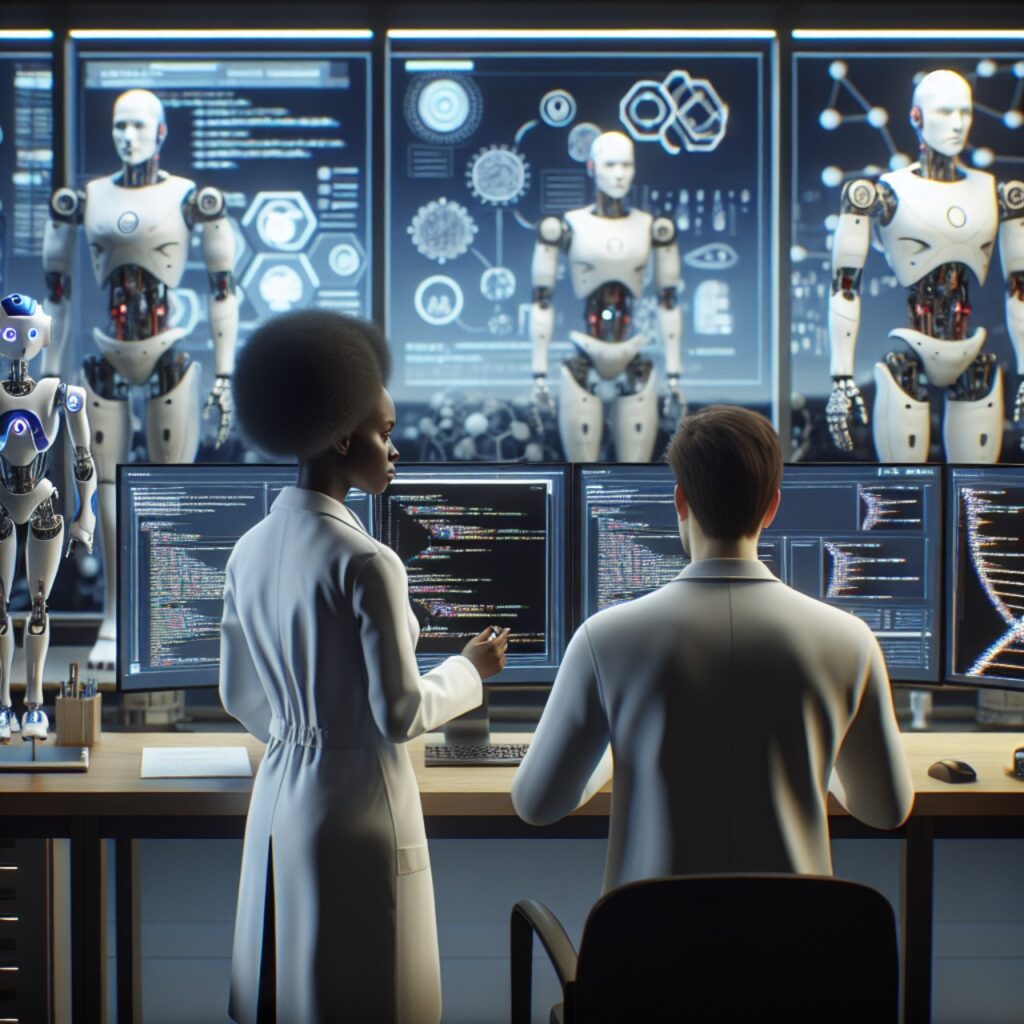Keele University researchers have created a machine learning method that improves astronomers’ ability to determine the age of stars from the elements present in their atmospheres. Keele Ph.D. student George Weaver will report the fresh findings at the 2023 National Astronomy Meeting.
It is quite challenging to calculate the age of a star. It is not possible to collect physical samples to determine the chemical abundances and age of the stars we see in the night sky using radioactive dating, unlike objects like solar system meteorites or rocks on distant worlds. Astronomers must instead base their calculations on the light that we receive from stars. Single stars have a considerably harder time doing this than stellar clusters, which are massive collections of stars that evolve together.
The escalating heat and pressure during the very early stages of a star’s life cycle might alter the chemical makeup of its atmosphere. Lithium depletion, a process whereby the amount of the element lithium in the environment diminishes over time, is one significant alteration. The complexity of this effect cannot yet be fully captured by the models that are in use today.
Astronomers may now conduct a far more thorough investigation of the lithium depletion issue thanks to the vast number of high-quality spectra—an analysis of emitted light from an object—obtained by the Gaia-ESO survey. The new neural network model makes use of information from more than 6,000 stars to simulate the relationship between a star’s temperature, observed lithium abundance, and age. It is a development of an earlier mathematical model called EAGLES.
The new approach is extensible, and efforts are now under way to incorporate a lot more data into the model, producing age estimates with as much knowledge as is practical. Tests are already under way for a model that accounts for the metallicity of the stars; the model will consider the quantity of elements heavier than helium in the star. Other potential expansions will examine the slowing of a star’s rotation over time and the decline in magnetic activity.
George Weaver, a Ph.D. candidate and the paper’s first author, says, There are numerous distinct age estimation approaches and models, but this artificial neural network allows us the opportunity to develop a single unified method to estimate a star’s age using spectral observations. In addition to providing a “one-stop shop” model for stellar and cluster ages, he continues, this information will allow us to quantify and constrain the correlations between these observables and age, and perhaps even uncover previously unknown relationships.














